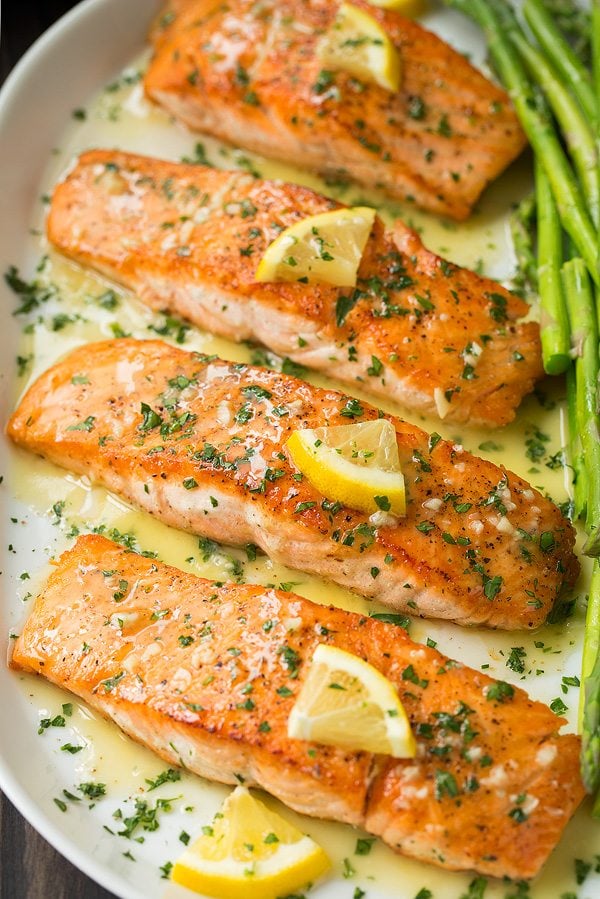
In the wild they an grow to over 100 pounds and live for several years, making them prized amongst game fisherman. King Salmon, also know as chinook, are the largest salmon species and one of the most popular at the fish counter. Then check the center and make sure it’s light pink and opaque. As a general rule, cook 10 minutes for each inch of thickness. Cooking time can vary, depending on the thickness of salmon. Brown sugar and bourbon combine to create the perfect sweet and smoky flavor that infuses this already-flavorful fish.
The best treatment will vary by the cut of salmon. The trick is to pay attention, because it only takes a short time to cook salmon. There are a number of different methods for cooking salmon. The method is better suited to fillets because theyre not.Salmon is very versatile. Farm-raised king salmon tend to be smaller with a bit more intramuscular fat, giving them more richness.Steaming is another healthy moist-heat cooking method that doesnt require the use of oil or butter.
Another way to cook salmon is to poach it. You can bake it in the oven at 400F.Poached Salmon. With relatively little intramuscular fat and a very fine texture, they're great for cured preparations such as gravlax.Cooking Methods for Salmon Recipes You can cook the salmon in a skillet on the stove top, as shown in the recipe card. Coho are far smaller than King Salmon with denser, brighter, more flavorful flesh.
Sockeye Salmon get their name from a Halkomelem word from the indigenous people of British Columbia. Many cold salmon recipes actually start with poached salmon.You know, salmon ice cream isn't as bad as it sounds, though maybe don't give it to your children unless they know what they're signing up for. The liquid bath ensures that the salmon remains juicy and moist. Salmon is often poached in a bath of white wine and water with a little butter and herbs.
...

This is what salmon that sits in the steam table at the cafeteria looks like, and probably why you didn't like eating salmon as a kid. From here on out, it's just going to get chalkier, dryer, and more unattractive. At 140☏ and above, your salmon has reached its limit. In the early stages of this clumping, your salmon is still rescuable (just stop cooking it IMMEDIATELY). Albumen will start to get expelled from the between the contracting muscle fibers and will begin to coagulate in unattractive white clumps on the exterior of the salmon. Flakiness will increase, and a chalky texture will start to develop, though it won't be extreme.


 0 kommentar(er)
0 kommentar(er)
